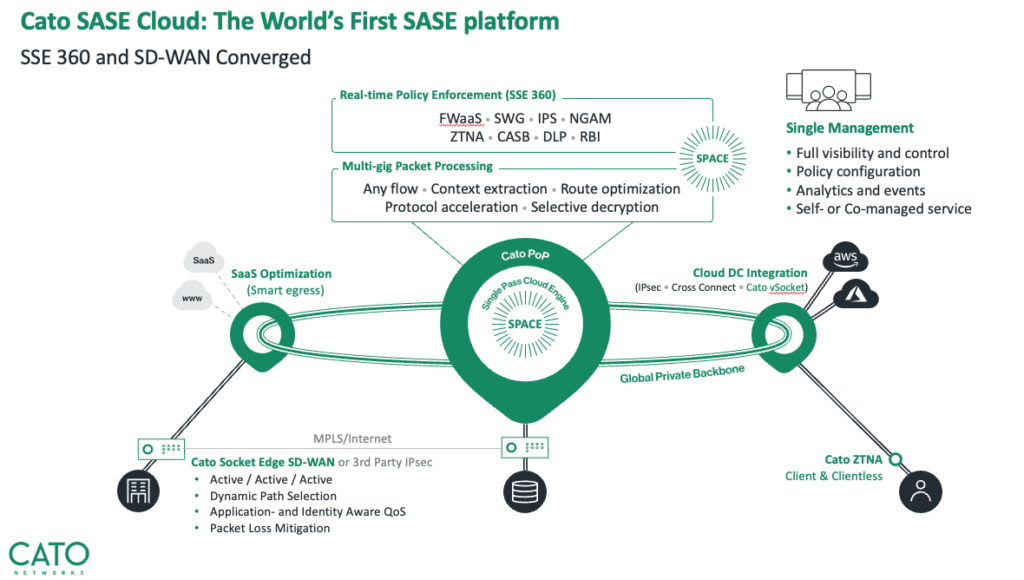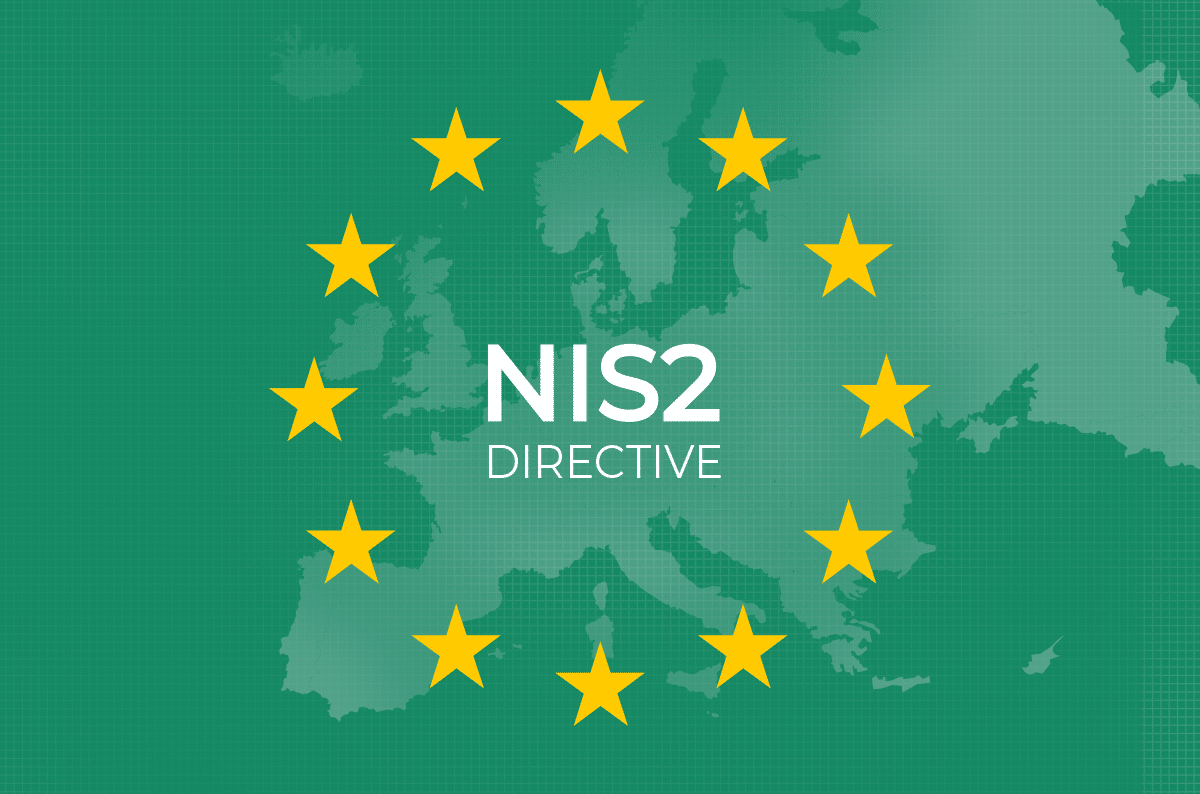|
Listen to post:
Getting your Trinity Audio player ready...
|
Introduction
In an increasingly digital world, cybersecurity has become a critical concern for companies. With the rise of sophisticated cyber threats, protecting critical infrastructure and ensuring the continuity of essential services has become a top priority. The EU’s Network and Information Security Directive (NIS2), which supersedes the previous directive from 2016, establishes a framework to enhance the security and resilience of network and information systems. In this blog post, we will explore the key steps that companies need to take to achieve NIS2 compliance.
Who needs to comply with NIS2?
The first step towards NIS2 compliance is to thoroughly understand the scope of the directive and its applicability to your organization. It is critical to assess whether your organization falls within the scope and to identify the relevant requirements.
For non-compliance with NIS regulations, companies providing essential services such as energy, healthcare, transport, or water may be fined up to £17 million in the UK and €10 million or 2% of worldwide turnover in the EU.
NIS2 will apply to any organisation with more than 50 employees whose annual turnover exceeds €10 million, and any organisation previously included in the original NIS Directive.
The updated directive now also includes the following industries:
- Electronic communications
- Digital services
- Space
- Waste management
- Food
- Critical product manufacturing (i.e. medicine)
- Postal services
- Public administration
Industries included in the original directive will remain within the remit of the updated NIS2 directive. Some smaller organizations that are critical to the functioning of a member state will also be covered by NIS2.
Protect Your Sensitive Data and Ensure Regulatory Compliance with Cato’s DLP | Download the WhitepaperAchieving Compliance
NIS2 introduces more stringent security requirements. It requires organizations to implement both organizational and technical measures to safeguard their networks and information systems. This includes measures such as risk management, incident detection and response, regular security assessments, and encryption of sensitive data.
By adopting these measures, organisations can significantly enhance their overall security posture.
Let’s have a closer look at the key steps to achieve NIS2 compliance:
- Perform a Risk Assessment
Conduct a detailed risk assessment to identify potential vulnerabilities and threats to your network and information systems. This assessment should cover both internal and external risks, such as malware attacks, unauthorized access, human errors, and natural disasters. Understanding the specific risks your organization faces will help you design effective security measures.
- Establish a Security Governance Framework
Develop a robust security governance framework that outlines the roles, responsibilities, and processes necessary to achieve and maintain NIS2 compliance. Assign clear accountability for cybersecurity at all levels of your organization and establish protocols for risk management, incident response, and communication.
- Implement Security Measures
Implement appropriate technical and organizational security measures to protect your network and information systems. Ensure that they are regularly reviewed, updated, and tested to address evolving threats. Example measures include access controls using multi-factor authentication, encryption using services like PKI certificates to secure networks and systems, regular vulnerability assessments, intrusion detection and prevention systems, and secure software development practices..
- Supply chain security
Assess suppliers, service providers, and even data storage providers for vulnerabilities. NIS2 requires that companies thoroughly understand potential risks, establish close relationships with partners, and consistently update security measures to ensure the utmost protection.
- Incident Response and Reporting
Establish a well-defined incident response plan to address and mitigate cybersecurity incidents promptly. This plan should include procedures for identifying, reporting, and responding to security breaches or disruptions. Designate responsible personnel and establish communication channels to ensure swift and effective incident response.
NIS2 compliant organizations must report cybersecurity incidents to the competent national authorities. They must submit an “early warning” report within 24 hours of becoming aware of an incident, followed by an initial assessment within 72 hours, and a final report within one month.
- Business Continuity
Implement secure backup and recovery procedures to ensure the availability of key services in the event of a system failure, disaster, data breaches or other cyber-attacks. Backup and recovery measures include regular backups, testing backup procedures, and ensuring the availability of backup copies.
- Collaboration and Information Sharing
Establish a culture of proactive information exchange related to cyber threats, incidents, vulnerabilities, and cybersecurity practices. NIS2 recognizes the significance of sharing insights into the tools, methods, tactics, and procedures employed by malicious actors, as well as preparation for a cybersecurity crisis through exercises and training.
Foster collaboration and information sharing with relevant authorities, sector-specific CSIRTs (Computer Security Incident Response Team), and other organisations in the same industry. NIS2 encourages structured information-sharing arrangements to promote trust and cooperation among stakeholders in the cyber landscape. The aim is to enhance the collective resilience of organizations and countries against the evolving cyber threat landscape.
- Compliance Documentation and Auditing
Maintain comprehensive documentation of your NIS2 compliance efforts, including policies, procedures, risk assessments, incident reports, and evidence of security measures implemented. Regularly review and update these documents to reflect changes in your organization or the threat landscape. Consider engaging independent auditors to evaluate your compliance status and provide objective assessments.
- Training and Awareness
Invest in continuous training and awareness programs to educate employees about the importance of cybersecurity and their role in maintaining NIS2 compliance. Regularly update employees on emerging threats, best practices, and incident response procedures. Foster a culture of security consciousness to minimize human-related risks.
The right network and security platform can help
Cato Networks offers a comprehensive solution and infrastructure that can greatly assist companies in achieving NIS2 compliance. By leveraging Cato’s Secure Access Service Edge (SASE) platform, organizations can enhance the security and resilience of their network and information systems.

Cato’s integrated approach combines SD-WAN, managed security services and global backbone services into a cloud-based service offering. Its products are designed to help IT staff manage network security for distributed workforces accessing resources across the wide area network (WAN), cloud and Internet. The Cato SASE Cloud platform supports more than 80 points of presence in over 150 countries.
The company’s managed detection and response (MDR) platform combines machine learning and artificial intelligence (AI) models to process network traffic data and identify threats to its customers, in a timely manner.
Cato SASE cloud offers a range of security services like Intrusion Prevention Systems (IPS), Anti Malware (AM), Next Generation Firewalls (NGFW) and Secure Web Gateway, to provide robust protection against cyber threats,
It also provides cloud access security broker (CASB) and Data Loss Prevention (DLP) capabilities to protect sensitive assets and ensure compliancy with cloud applications. The Cato SASE cloud is a zero-trust identity driven platform ensuring access-control based on popular multifactor authentication, integration with popular Identity providers like Microsoft, Google, Okta, Onelogin and OneWelcome.
With Cato’s centralized management and visibility, companies can efficiently monitor and control their network traffic as well as all the security events triggered. By partnering with Cato Networks, companies can leverage a comprehensive solution that streamlines their journey towards NIS2 compliance while bolstering their overall cybersecurity posture.
Cato Networks is ISO27001, SOC1-2-3 and GDPR compliant organization. For more information, please visit our Security, Compliance and Privacy page.
Conclusion
Achieving NIS2 compliance requires a comprehensive approach to cybersecurity, involving risk assessments, robust security measures, incident response planning, collaboration, and ongoing training. By prioritizing network and information security, companies can enhance the resilience of critical services and protect themselves and their customers from cyber threats.
To safeguard your organization’s digital infrastructure, be proactive, adapt to evolving risks, and ensure compliance with the NIS2 directive.










